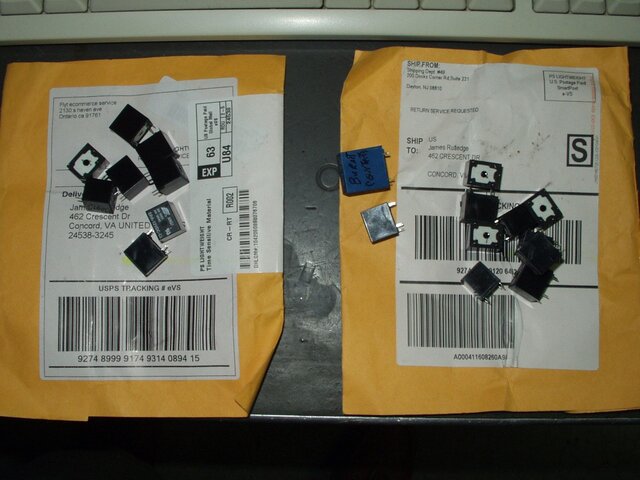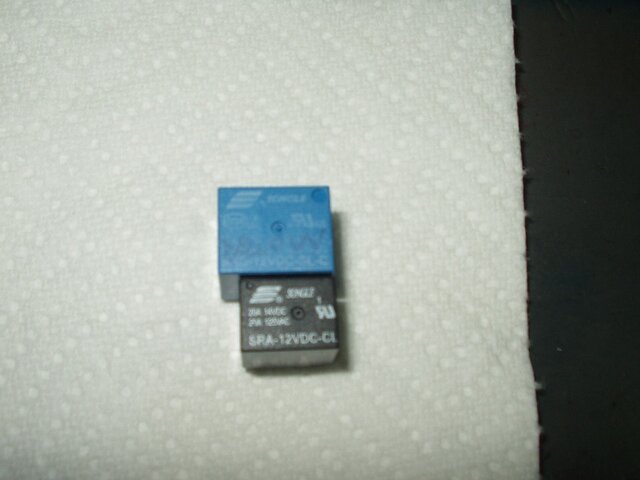The relays can be tested. How many leads come out the bottom of them? If there's only four, then two are the coil and the other two are the contacts. If there's more, then it probably has two sets of contacts.
With the relay out of circuit, the two coil wires should measure a relatively low resistance. If the contacts are NO, (normally open) the contacts will read open until power is supplied to the two coil pins, then the contacts should close and read zero ohms across them, (or very close).
A NC (normally closed) relay will read exactly opposite on the contact connections.
The voltage needed to supply to the coil should be listed on the side or top of the relay, probably 12VDC, but the voltage the contacts can handle is also usually there and a higher one, so make sure not to mess them up. The coil connections on the relay often have a resistor symbol between them engraved into the bottom of the relay too.
If you remove the relay from the circuit and it tests good, then most likely whatever drives the relay is shorted and keeping power supplied to the relay all of the time.
If the relay tests bad, well, then it's bad. If you remove the relay from the circuit, try powering up the unit with it removed and see what it does. If it still does what it's doing now, something else is screwy, if it doesn't, probably the relay or driving circuitry.


 Which makes it a Vbox X CLONE IMHO!
Which makes it a Vbox X CLONE IMHO! 
